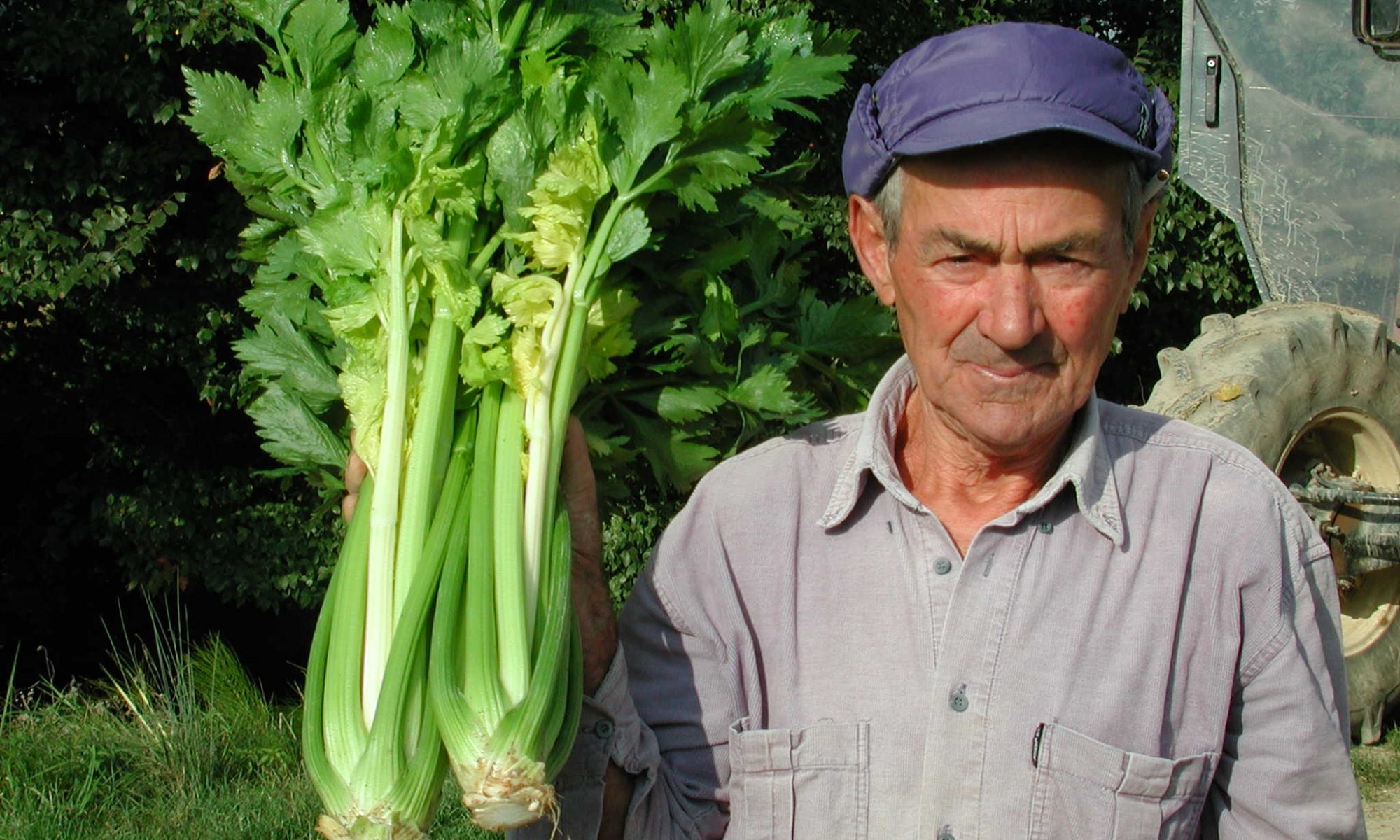Join us in establishing a European network for in situ conservation and sustainable use of plant genetic resources—in cultivation and in the wild
A key objective of the Farmer’s Pride project is to establish a permanent European network for in situ conservation of plant genetic resources (including crop landraces/farmers’ varieties and crop wild relatives), and to promote and facilitate the use of more plant diversity for the benefit of society. Read why here.
We have laid the foundations for the network and are now building a coalition of support for its establishment. The interactive map below shows the localities of in situ plant genetic resources custodians who have expressed an interest in joining the network. It also shows the institutes and organizations which support the establishment of the network.
What you can do to help promote the establishment of the network
- Engage policymakers by promoting the value of the network in the context of the European Green Deal and Common Agricultural Policy, as well as to meet Europe’s commitments under relevant global conventions and policies, such as the International Treaty on PGRFA and Second Global Plan of Action for PGRFA.
- Promote the network proposal (see below) among your associates.
- If you are a farmer, protected area manager, market or home gardener, seed producer, or other land manager of wild or semi-wild habitats and would like to nominate a site/locality for inclusion in the European network, please complete our short survey.
- Attend our final conference including a dedicated policy roundtable session and stakeholder discussions on the establishment of the network.

Frequently asked questions
Why is the network needed?
The diversity needed for sustainable and resilient agriculture, and food and nutrition security is under threat and in decline. Existing measures for biodiversity conservation do not adequately address this problem. Historically, the primary approach to ‘formal’ plant genetic resources conservation has been ex situ in genebanks. However, this is not enough to maintain the wide range of diversity that occurs in landrace and crop wild relative populations in situ, and which is constantly evolving in response to local environmental conditions. Active conservation of populations in cultivation and in the wild is needed to ensure that this vital diversity is maintained and available for use by farmers and plant breeders to adapt our crops to climate change and to feed the growing human population.
To promote and support these in situ conservation efforts, as well as the sustainable use of the managed resources, farmers, protected area managers, and other custodians of plant genetic resources in situ need to be recognized and supported in their work. Further, the use of plant genetic resources conserved in situ for research and crop improvement requires the facilitation of access to those resources with appropriate measures to share the benefits arising out of their use with the maintainers. Only with a recognized and well-governed system in place, such as through the establishment of the network, can this be achieved and sustained.
I support the idea of the network, but how will you bring it forward and how will it be governed?
Various options for the governance of the network have been tabled and discussed in the context of the Farmer’s Pride project, but to establish the governance structure, a coalition of support is needed to demonstrate the need for the network. Once we can demonstrate that there is strong support for the establishment of the network, we can then promote its establishment among the relevant national and regional governmental bodies with the aim of making the network a reality.
Please see the section ‘How will the network operate?’ in our full proposal.
How will the network be funded?
We anticipate that the operation of the network will be funded through contributions by national governments, membership fees and through donor support.
Please see the section ‘How will the network operate?’ in our full proposal.
Who will be able to join the network?
Anyone or any organization with a role or interest in the conservation and sustainable use of plant genetic resources will be able to join the network. However, individuals interested in joining who are not a member of an organization affiliated with the network would be encouraged to join an affiliated organization. In this sense, the European network will primarily be a ‘network of networks’, while also remaining open to individual membership.
Please see the section ‘Network membership’ in our full proposal.
Will I be able to leave the network at any time?
Members will be able to leave the network at any time. In the case of ‘custodian members’ (i.e. those managing plant genetic resources in situ – see ‘Why join the European network?’ in our full proposal), provisions for access by the user community to population samples backed up in genebanks would be catered for under the terms of the original material transfer agreement (see ‘Who will have access to the plant genetic resources I manage and what will they use them for?’).
I’m maintaining landraces. What will the benefits of joining the network be?
As a member, you will be part of a community of actors conserving plant genetic resources for sustainable and resilient agriculture, and for food, nutrition, economic and livelihood security.
Specific benefits for ‘custodian members’ will include recognition of your contribution to plant genetic resources conservation at national and regional levels, with associated benefits such as a conservation-related special certification scheme for landrace produce or increased options for sustainable tourism, community engagement and educational visits. Population samples would also be safely backed up in a genebank but retrievable in case of unexpected losses on-farm.
Other benefits will include access to technical support and advisory services, including access to funding under agricultural policies, and to a platform for knowledge sharing and collaboration. Further ‘custodian members’, through their recognized role in providing public good services in terms plant genetic resources conservation would be clearly eligible for environmental stewardship or other support payments from national governments.
Please see the section ‘Why join the European network?’ in our full proposal.
I’m maintaining one or more crop wild relative populations. What will the benefits of joining the network be?
As a member, you will be part of a community of actors conserving plant genetic resources for sustainable and resilient agriculture, and for food, nutrition, economic and livelihood security.
Specific benefits for ‘custodian members’ will include recognition of your contribution to plant genetic resources conservation at national and regional levels, with associated benefits such as increased options for sustainable tourism, community engagement and educational visits. Population samples would also be safely backed up in a genebank but retrievable in case of unexpected losses in situ.
Other benefits will include access to technical support and advisory services, including access to funding under relevant policies, and to a platform for knowledge sharing and collaboration. Further ‘custodian members’, through their recognized role in providing public good services in terms plant genetic resources conservation would be clearly eligible for environmental stewardship or other support payments from national governments.
Please see the section ‘Why join the European network?’ in our full proposal.
I’m a plant breeder. What will the benefits of joining the network be?
You will have access to a significantly larger pool of diversity beyond that currently held in ex situ genebanks. Access to in situ or ex situ material will be in accordance with the requirements of the ITPGRFA or CBD Nagoya Protocol via an appropriate material transfer agreement (MTA) in the same way that you would currently obtain samples from a genebank.
Please see the section ‘Why join the European network?’ in our full proposal.
I am managing plant genetic resources in situ. Why would I be expected to pay a fee to join the network?
Managers of plant genetic resources would be classed as ‘custodian members’ and would not be expected to pay a membership fee when they agree to manage their populations to agreed minimum standards (which are to be developed over time), as well as to providing access to the genetic resources under agreed benefit-sharing terms.
What am I committing to by responding to the ‘expressions of interest’ survey?
At this stage we wish to build a coalition of support for establishing the network and to visualize this in a map (no identifying information will be included). If the network is established, we will contact you with further information. However, completing the survey places no obligation on you at all.
Who will have access to the plant genetic resources I manage and what will they use them for?
As the manager of in situ plant genetic resources, you will have complete control over who has access to the resources (and associated knowledge) and for what purpose they may use them. This may for example be limited to use by public research bodies (non-commercial use), or also open to use by private plant breeding companies for commercial use. In the latter case, benefit-sharing provisions under existing legislation will come into play.
Procedures have long been in place to facilitate access to plant genetic resources conserved in genebanks, and to protect the intellectual property of those who maintain them (such as farmers). These will be adapted accordingly for use in the context of the in situ conservation and sustainable use network.
What role will national genebanks play in the in situ network, and how will they benefit?
By providing facilities to safely secure backup samples of plant genetic resources managed in situ, as well as by facilitating access to material conserved in situ, national genebanks will have a vital role to play in the operation of the network. The provision of these services will expand the current role of genebanks and give additional weight to the need for genebanks to be supported with appropriate financial and human resources.
If you would like to learn more about crop landraces/farmers’ varieties and crop wild relatives in Europe (for example, to know which species and populations occur within the Natura 2000 network of sites), please click here (for crop landraces/farmers’ varieties) or here (for crop wild relatives).

